A Comprehensive Master Planning Proposal to Mitigate Contaminant Transfer due to Sea-level Rise, Storm Surge Inundation and Flooding.
Urban expansion can worsen climate change conditions and enlarge hazard zones. Sea level rise due to climate change makes coastal populations more susceptible to flood risks. Tampa, Florida is ranked in the top five in the most vulnerable U.S. cities to flooding and is expected to grow by over 100,000 people by 2040. When open space land uses are converted to urban land uses, flood risk can increase due to increases in the floodplain area and impervious surfaces. The capability to accurately predict both future flood plain changes and future urban growth allow for the capacity to better prepare coastal communities from the effects of future climate change and helps support urban planning for better potential future flood risk mitigation.
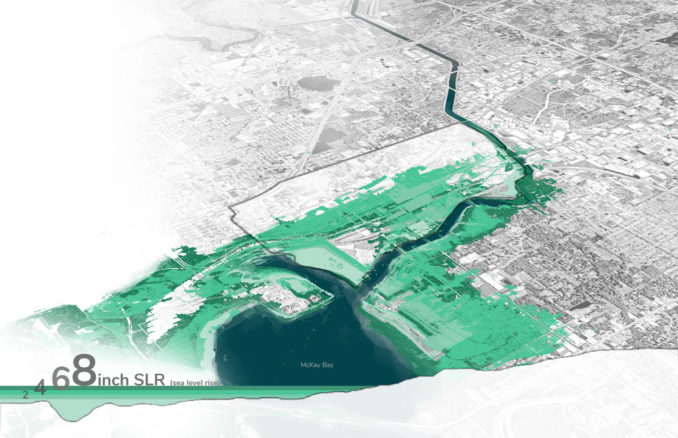
The use of land change prediction modelling to inform design scenarios has been shown to help increase capabilities when dealing with uncertainties such as urban growth and flood risk. We used the Land Transformation Model to predict three different urban growth scenarios for Tampa, to determine how effective the current comprehensive plan is in adapting urban growth to decreasing flood risk and pollutant load.
The site under investigation is both heavily effected by flooding and characterized by industrial land uses, brown fields, and toxic release sites, resulting in severe pollution and related effects on the bio-diversity, aquatic life and human health from runoff containing industrial by-products. To solve this issue, three different urban design master plans are developed based on prediction outputs. First scenario is based on current growth patterns. Second one on the current land use plan and third based on resilient development outside floodplain.
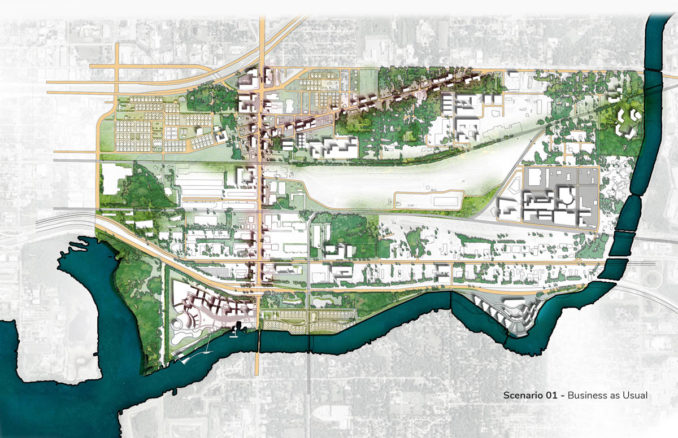
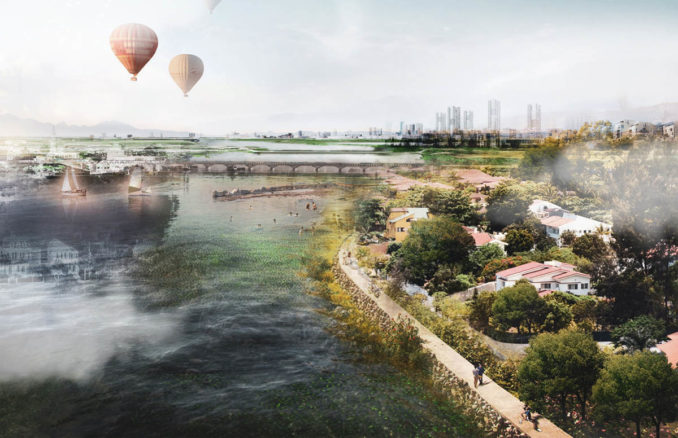
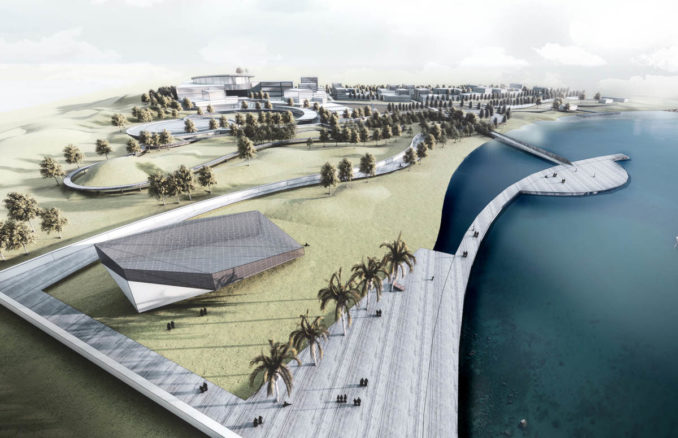
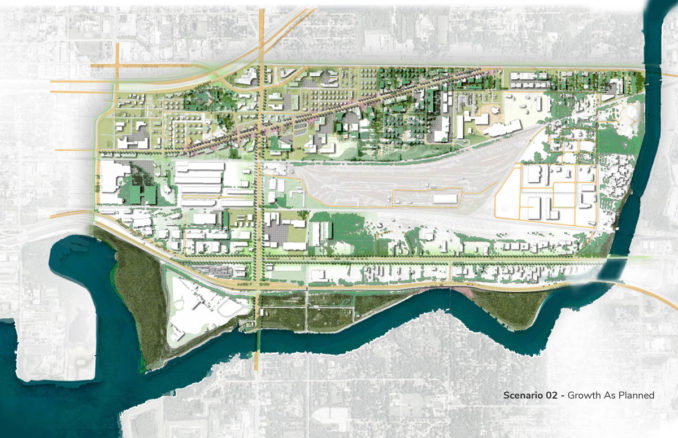
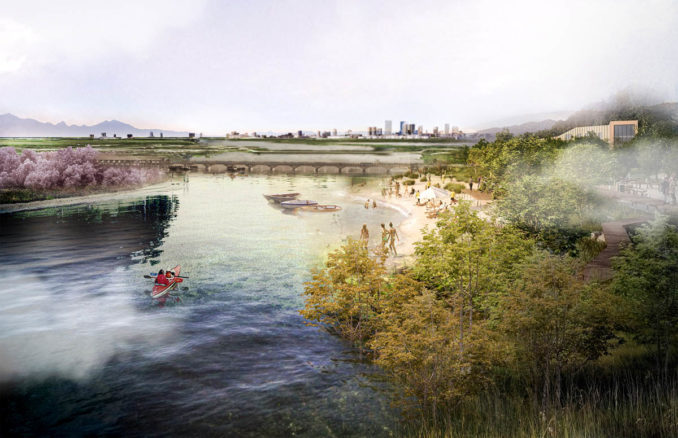
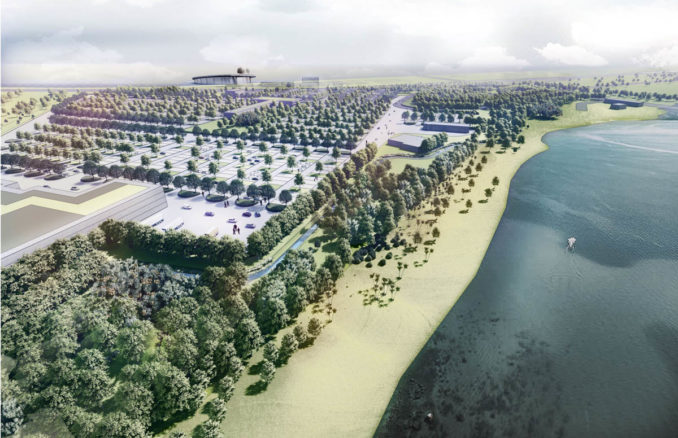
Our findings show that the current “Growth as Planned” for Tampa, has higher flood exposure, stormwater run-off, and pollutant discharge than current conditions and is at higher flood risk than resilient growth scenario.
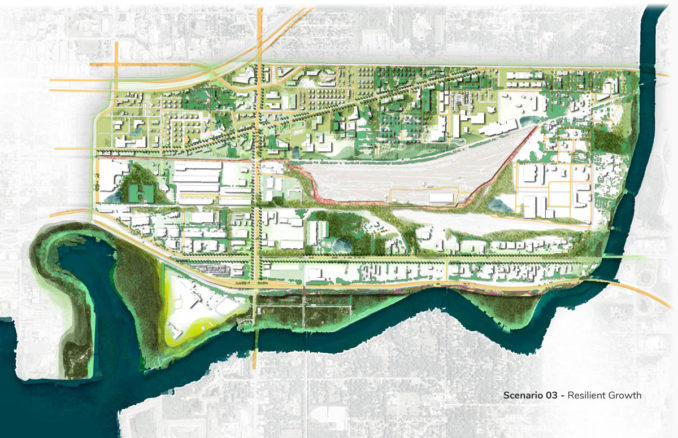
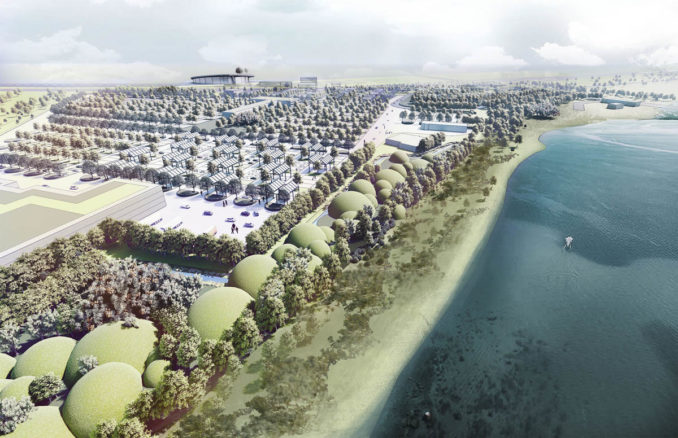
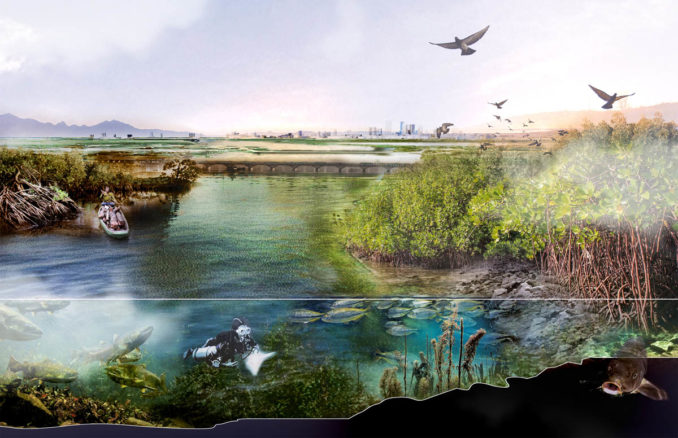
Tampa offers high liveability, diversity and a rich urban life that nurtures residents’ creativity and entrepreneurial spirit. The plan builds on these qualities. A resilient master plan and design is adopted to sustain a healthy and liveable community. Using innovative design strategies and planning techniques, the resilient growth plan ensures that Tampa will prosper well into the 21st century and will be resilient to face the environmental challenges and effects of industrial land uses.
‘Tena’city
Students | Karishma Joshi & Jiali Liu at Texas A&M University
Image & Text Credits| Karishma Joshi & Jiali Liu
